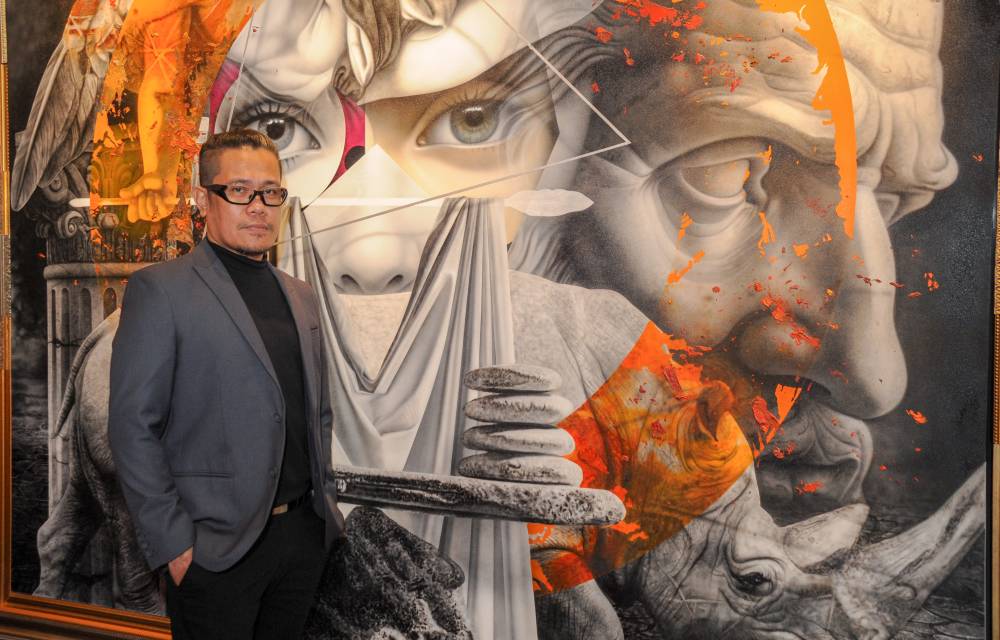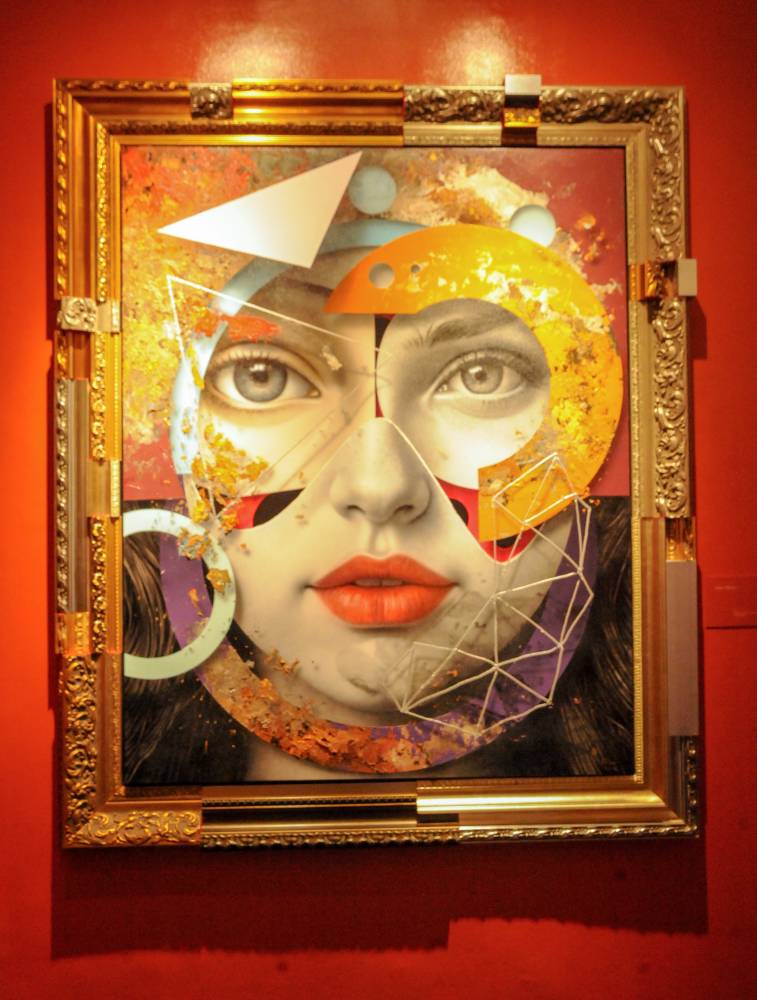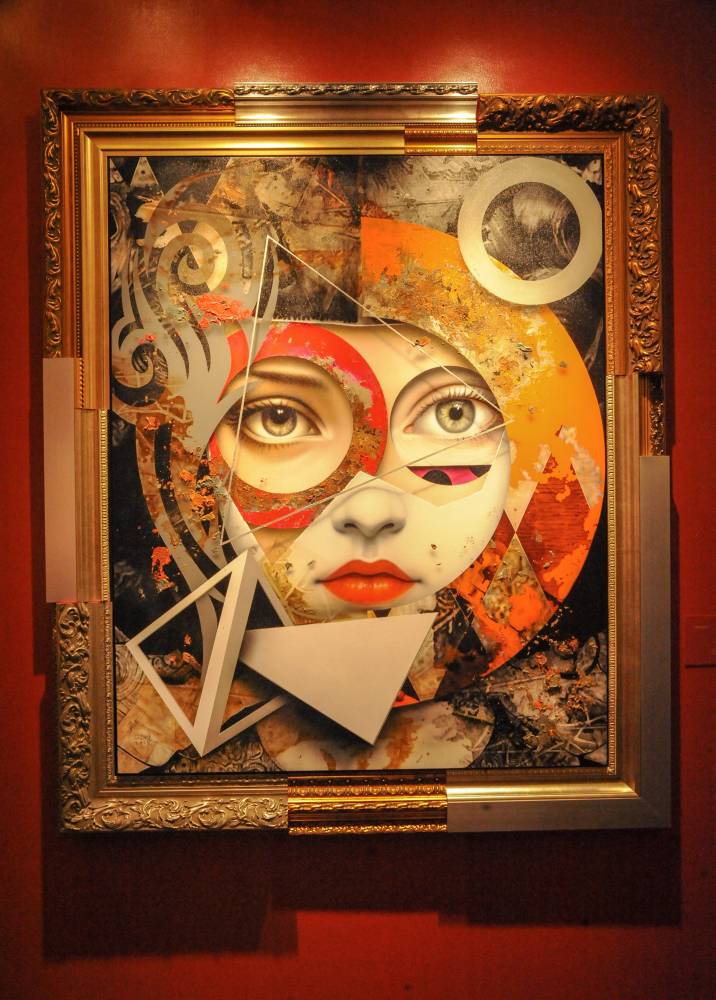Oriental Mindoro artist Demi Padua’s journey to the National Museum

Standing in the hallowed halls of the National Museum of Fine Arts, Demetrio “Demi” Padua marveled at the journey that brought him back here. Born in Calapan, Oriental Mindoro, the Filipino artist was no longer a visitor admiring Philippine masters—he was now exhibiting alongside them.
“The spark that ignited when I was here touring in the National Museum became a fire that eventually fulfilled my dream of becoming an artist,” Padua reflects. “I told myself back then I wanted to be as big as Juan Luna. And I want my works to be exhibited here alongside this.”
And now he is.
In collaboration with DF Art Agency, his solo exhibition “Layers and Shadows” at the prestigious Spoliarium Hall from Aug. 12 to 26 drew an impressive opening gathering, including First Lady Liza Araneta-Marcos, representatives from the Asian Cultural Council Philippines Foundation, and National Museum dignitaries.

The journey
At only six years old, Padua had shown a determined creative drive, sparked by “childhood imagination, fantasies, and quiet details.” Drawing on his theatrical background, he developed his signature style of collage-like, photorealistic compositions that conceal as much as they reveal—like symbols of unmasking of one’s true self.
Armed with a fine arts degree in advertising from Far Eastern University Manila, Padua worked as a graphic designer for over a decade. He made his mark early, winning the Grand Prize at the 2013 Bangko Sentral ng Pilipinas Tanaw Art Competition, with his works later gracing galleries from London to Venice, and even Tokyo.
In 2018, he made the leap to being a full-time artist despite market uncertainties. This tested his resolve, but ultimately built the foundation of his practice.

“Layers and Shadows”
Through “Layers and Shadows,” Padua invites viewers into his world of visual illusion and depth. He wants to show audiences what he can create from “the intricate relationship between achievement and adversity.”
“Growing up in a challenging environment, I learned to transform limitations into abilities,” he explains. From what he calls a “garden of remnants,” Padua has crafted a collection that employs trompe-l’œil techniques (a painting or design that gives the illusion of a 3D object) to blur the lines between reality and illusion.
“Layers and Shadows encapsulates the dual nature of success—the visible layers of accomplishment, and the visible shadows of struggles and perseverance that underpin them,” Padua elaborates. “Through my art, I explore the symbolic relationship between these two elements, demonstrating how the interplay of light and shadow can elevate and transform the ordinary into the extraordinary.”
Through his techniques, he creates three-dimensional effects on two-dimensional surfaces, inviting deeper reflection on perspective. While for Padua, his artistic choices reflect the accumulated wisdom of overcoming obstacles and transforming challenges into creative fuel.
Now with a solo exhibition in a national institution, Padua proves that dreams whispered quietly in a museum can indeed become reality—with a little bit of hope and a lot of hard work.
“Layers and Shadows” runs until August 26 at the Spoliarium Hall of the National Museum of Fine Arts.

















